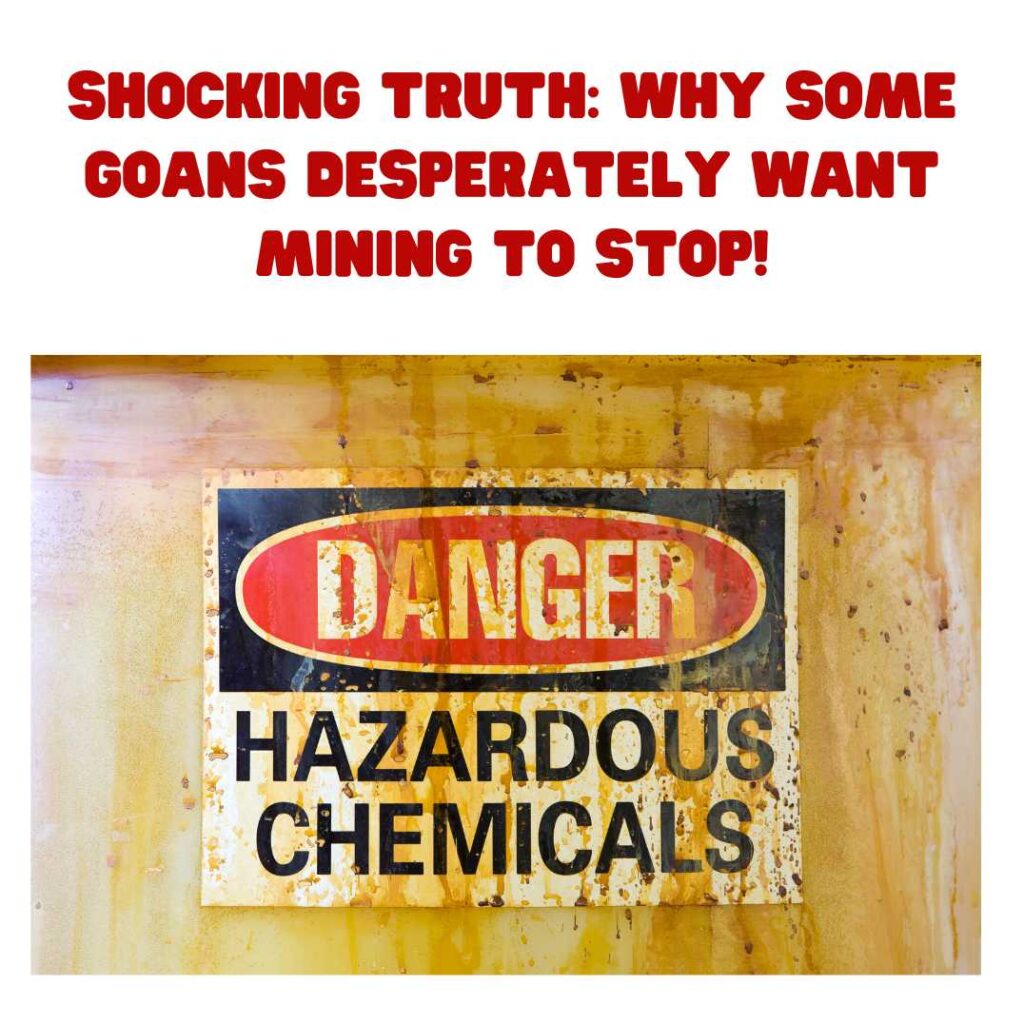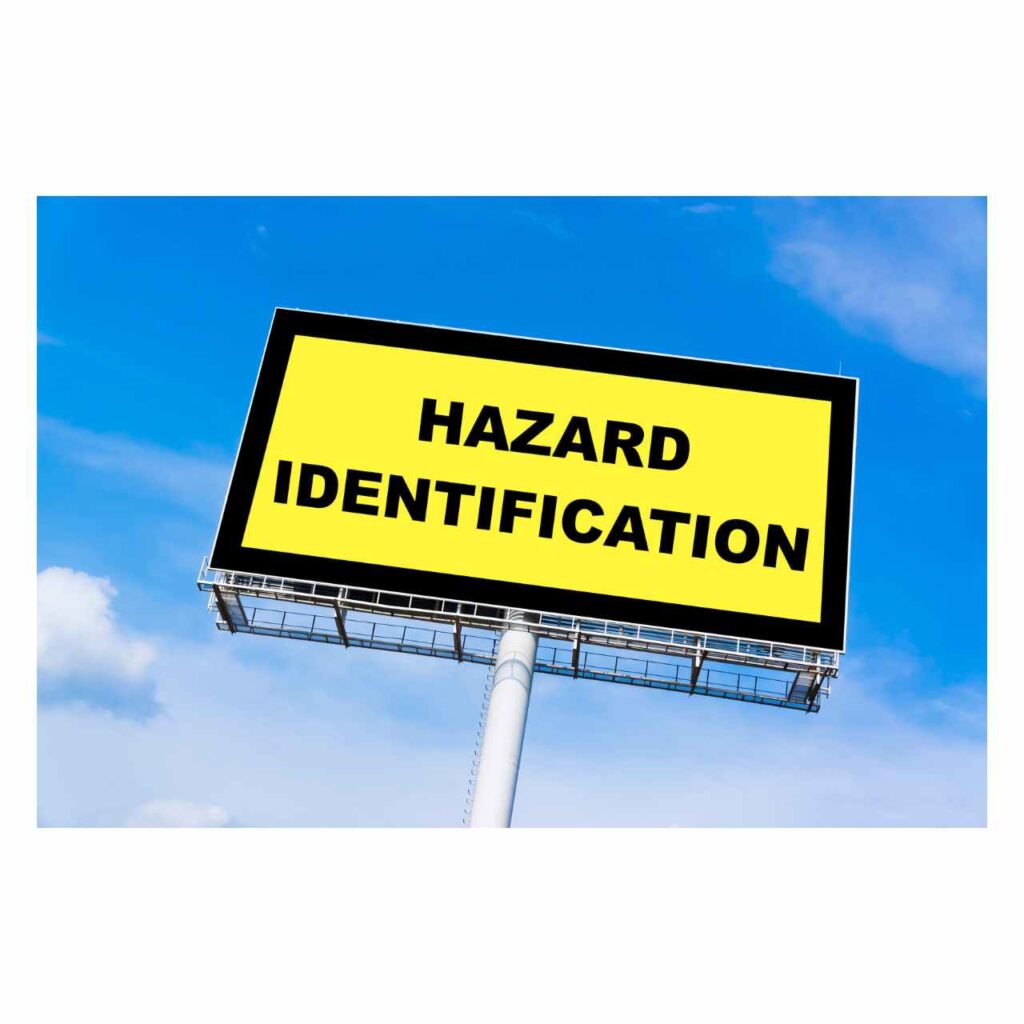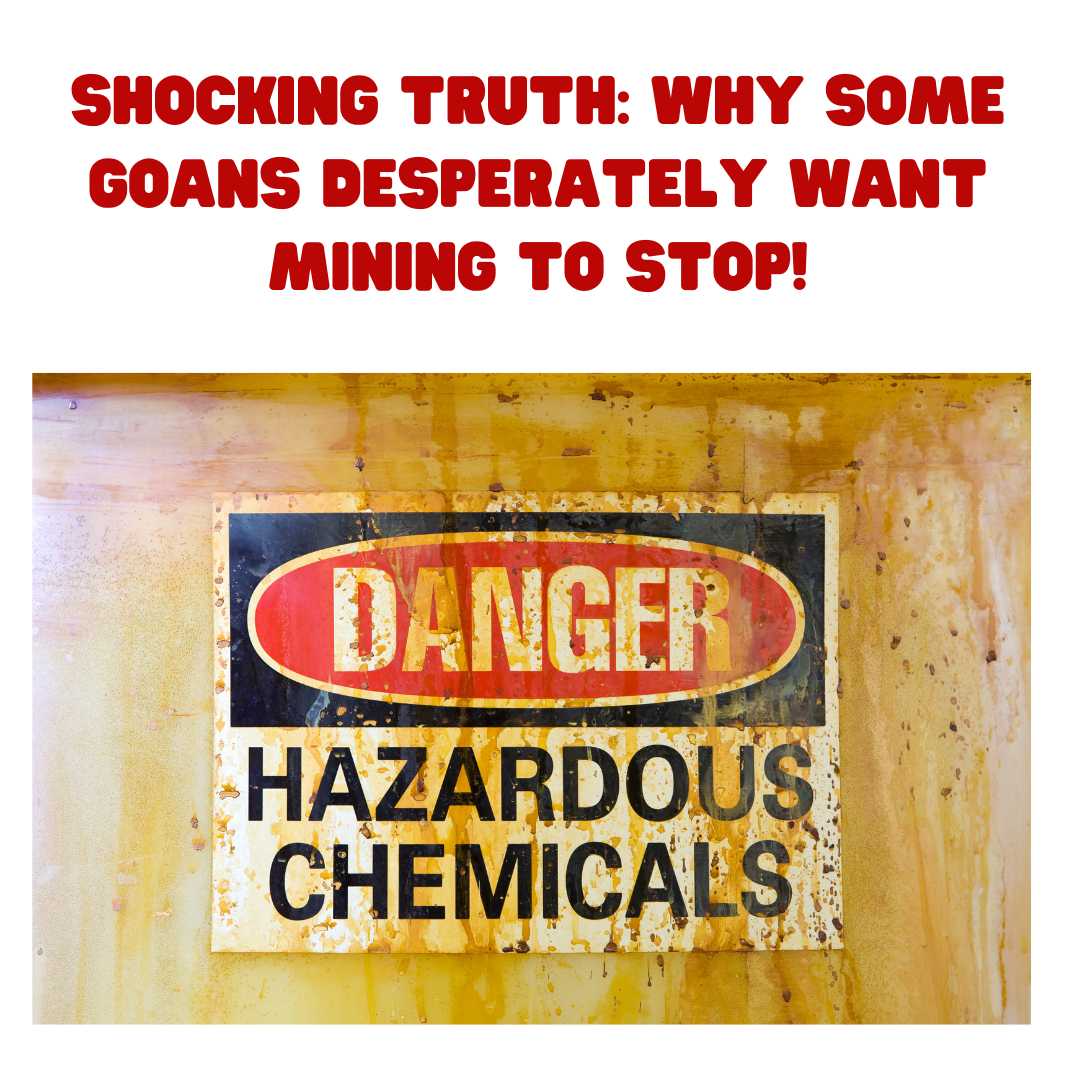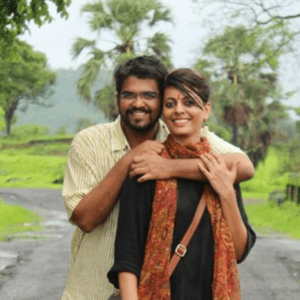In Bicholim, a district in North Goa, mining has resumed for the first time since the 2018 ban. However, this has sparked fear among villagers about environmental damage and potential loss of homes. Meanwhile, the “mining lobby” remains a powerful political force as the 2024 Lok Sabha elections approach in Goa.
Concerns Over Environmental Damage
The village of Lamgao, situated at the base of a recently reopened mine, faces significant concerns. Mahesh Hoble, a resident, fears the entire village might get submerged during the monsoons due to the resumed mining activities. Hoble also worries about displacement, stating that their village falls under the mining lease area, which means they could be asked to move at any time. Despite the employment mining provides, many locals now want it to end, questioning whether the economic benefits outweigh the environmental costs.
The Bicholim Mineral Block
The Bicholim Mineral Block includes the villages of Bordem, Lamgao, Mulgao, Mayem, and Sirigao. This block is the first to become operational since the Supreme Court’s 2018 ban on mining. Previously owned by the Dempo Group, the mine is now operated by Vedanta Sesa Goa. The return of mining has caused anxiety among villagers, who fear for their future as the Lok Sabha elections offer little hope for change.
Political Influence and the Mining Lobby
The ruling BJP has candidates with strong ties to the mining industry. Pallavi Dempo, the candidate from South Goa, is connected to two influential mining families. In North Goa, the candidate is Shripad Naik, a five-time MP and current Union Minister, who has been a vocal supporter of restarting mining. Both the BJP and Congress have promised to restore mining with environmental controls if elected.
Activists and Community Concerns

Environmental activists like Ramesh Gauns highlight the deep connection between mining and politics in Goa. Gauns has been vocal about the risks of ore transportation through village roads in Bicholim. He points out that mining has long been a significant environmental concern, causing issues like deforestation, soil erosion, and water pollution. Despite regulations, enforcement has been weak, leading to continued environmental degradation.
Historical Context of Mining in Goa
Mining in Goa dates back to the Portuguese era, which began in 1906. By the time Goa was liberated in 1961, 791 mining concessions had been granted. After independence, powerful mining families like the Dempos, Chowgules, Timblos, and Salgaonkars continued to dominate both business and politics. These families have remained influential, with members serving as MPs, MLAs, and ministers.
Vedanta and the Evolution of Mining
Sesa Goa, a major mining company, was acquired by Vedanta Resources Plc in 2009. Vedanta has faced criticism for its environmental practices. For villagers like Mahesh Hoble, understanding the complex politics of mining and its impact on daily life is challenging. Activists like Gauns have dedicated their lives to educating locals about the environmental and health hazards of mining.
The 2012 Mining Ban
The Justice M.B. Shah Commission Report in 2012 exposed widespread illegal mining activities in Goa, leading to a Supreme Court-imposed ban. This ban aimed to address illegal mining practices and enforce sustainable mining reforms. The ban caused significant socio-economic impacts, including job losses and revenue decline. In 2014, the Supreme Court partially lifted the ban with conditions, but challenges continued.
Ongoing Legal and Environmental Challenges
Mining in Goa remains a contentious issue, with ongoing legal battles and environmental concerns. Gauns emphasizes the need for dialogue between the government, mining companies, activists, and local communities. However, locals feel increasingly disillusioned, believing the government prioritizes business interests over environmental protection and community welfare.
Impact on Water Resources
Mining has severely affected groundwater and other fresh water sources in mining areas. Waste from mining has contaminated rivers like Mandovi and Zuari, causing the elimination of marine life and silting of freshwater bodies. Many lakes and springs have dried up, affecting agriculture and drinking water supply. For instance, Mulgao’s Comunidade Lake has become polluted due to mining waste, impacting local irrigation.
Employment vs. Environmental Concerns
Despite environmental damage, mining still has support due to the jobs it provides. In 2021, large protests in Goa advocated for the resumption of mining to restore livelihoods. Environmentalist Claude Alvarez notes that while mining influences political decisions and affects communities, it is not a priority for many voters. Most of Goa’s population lives in coastal areas, far from mining activities.
Tourism and Traditional Livelihoods
The decline in mining jobs has led to a boom in tourism. However, this shift has also impacted traditional livelihoods like fishing. Fishermen like Jose Fernandez argue that while tourism has grown, it has disrupted indigenous communities. During the COVID-19 pandemic, traditional livelihoods helped Goans survive despite the drop in tourism.
Outsourcing Jobs and Community Displacement
In Bicholim’s Lamgao, Mahesh Hoble, who used to work in the mines, now sees jobs being outsourced to cheaper migrant labor. He supports ending mining and urges the government to provide alternative employment opportunities. Hoble’s sentiments reflect a growing desire for sustainable development that balances economic needs with environmental protection.
Conclusion
The resumption of mining in Goa has rekindled old fears and sparked new debates. Villagers like those in Lamgao face the threat of environmental damage and displacement. The powerful mining lobby continues to influence politics, complicating efforts to find a sustainable solution. As Goa navigates these challenges, it is crucial for all stakeholders to engage in meaningful dialogue and work towards a future that respects both economic and environmental needs.

















What do you think?
It is nice to know your opinion. Leave a comment.